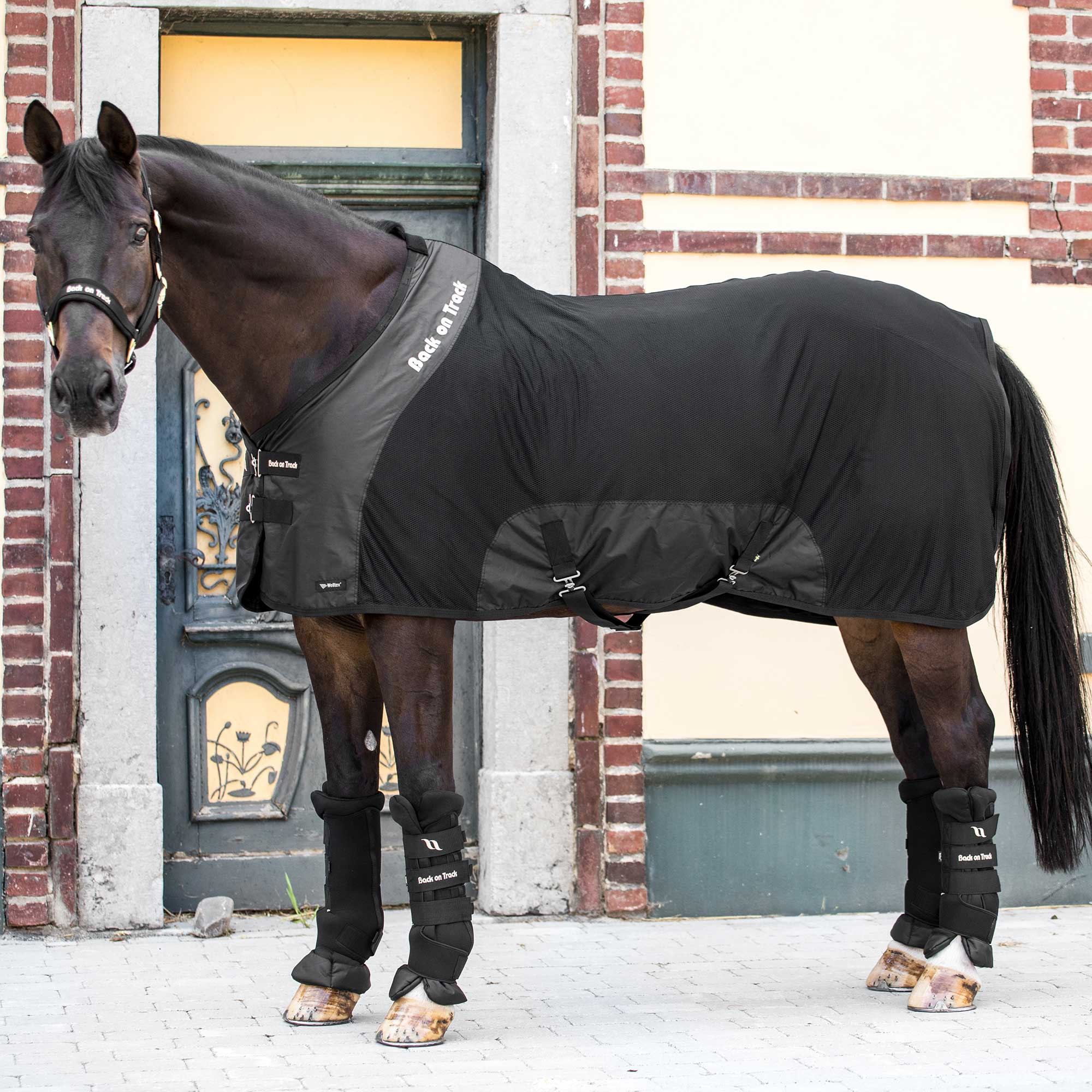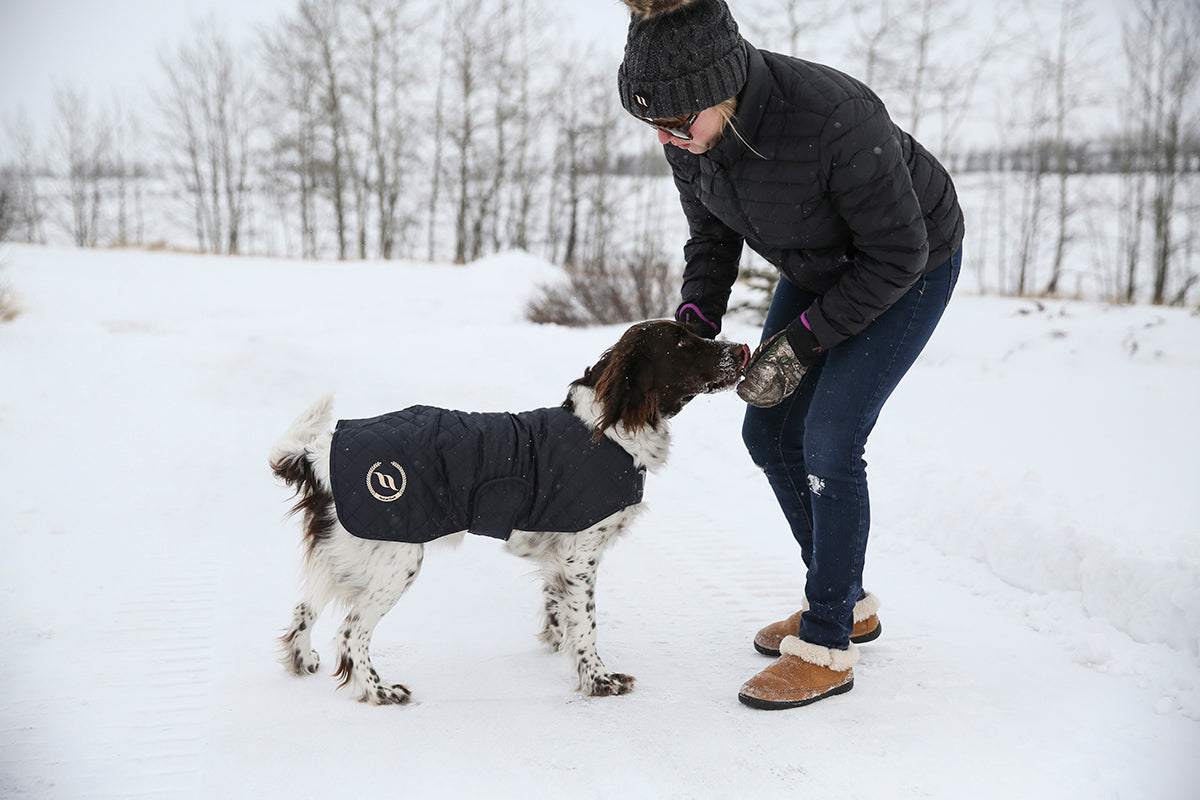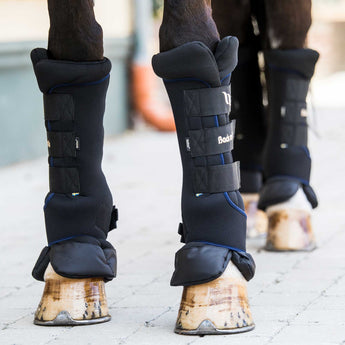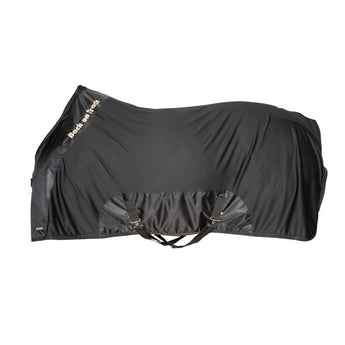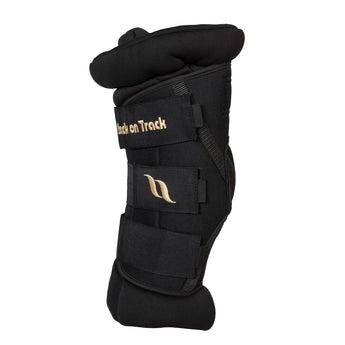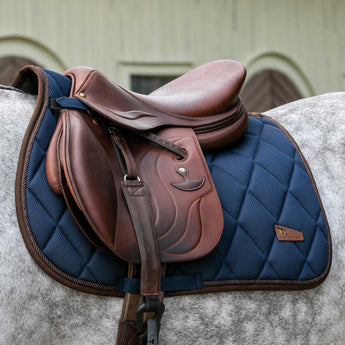A dog leg brace arthritis can benefit dogs of any age, and help restore mobility and ease the discomfort from both arthritis and injury. A dog arthritis brace works by adding additional support that makes it easier for weakened limbs to function. Depending on the severity of arthritis or injury, a smaller dog hock brace or dog wraps could be used for mild cases, while larger hip braces can benefit dogs that are in need of more support.
These braces and wraps work by supporting weakened or injured joints allowing for discomfort and inflammation to be decreased. This can help injuries heal quicker and also allow dogs suffering from arthritis to move easier without the risk of sustaining an injury.
Dog braces can be beneficial, not just for arthritis, but also for dogs suffering from hip dysplasia, back pain, and general weakness. While some breeds are more susceptible to these problems, it’s important to note that all dogs can face these issues during their lives.
Many braces can be used on both young and old dogs without a problem. This is especially helpful for younger dogs who might face sprains or minor injuries that cause discomfort. By allowing them additional support you can help aid in mobility and boost recovery time by reducing the chance of re-injury to the affected area.
When investing in a dog arthritis brace, it’s important to take the necessary measurements to ensure a proper fit. You want the brace to be snug and supportive, without the risk of cutting off circulation. If you need help with measurements, you can consider speaking with your vet and having them help. Once you have a brace, take your dog out for a short walk to see how they respond. While it may feel awkward for them at first, positive reinforcement — and treats — will allow them to adjust easier and better understand that the brace is there to help them.
If your dog is struggling with discomfort from arthritis or an injury, consider investing in a dog leg brace arthritis to help mitigate discomfort and get them back on their feet. While we certainly hope our four-legged friends never face these issues, if they do, it’s always best to be prepared to help them feel their best.

